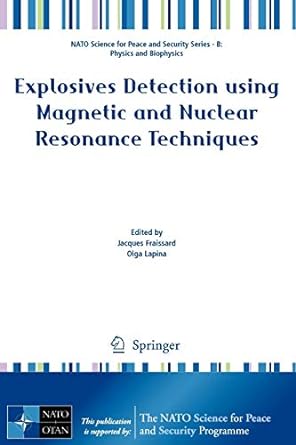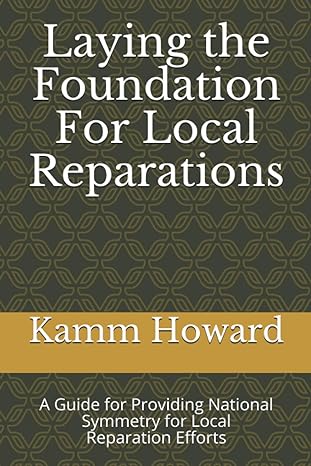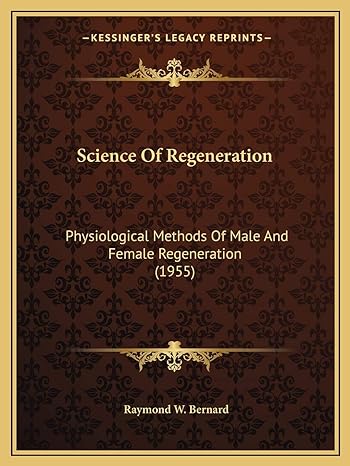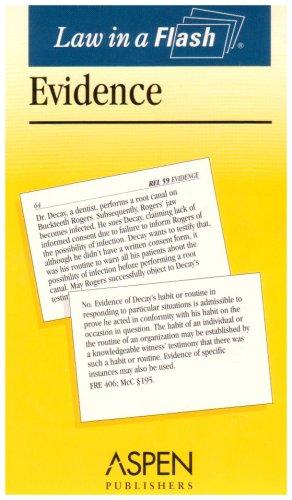Go back


Explosives Detection Using Magnetic And Nuclear Resonance Techniques(1st Edition)
Authors:
Jacques Fraissard, Olga Lapina

Cover Type:Hardcover
Condition:Used
In Stock
Include with your book
Free shipping: April 13, 2024Popular items with books
Access to 3 Million+ solutions
Free ✝
Ask 10 Questions from expert
200,000+ Expert answers
✝ 7 days-trial
Total Price:
$0
List Price: $163.32
Savings: $163.32(100%)
Book details
ISBN: 9048130611, 978-9048130610
Book publisher: Springer
Get your hands on the best-selling book Explosives Detection Using Magnetic And Nuclear Resonance Techniques 1st Edition for free. Feed your curiosity and let your imagination soar with the best stories coming out to you without hefty price tags. Browse SolutionInn to discover a treasure trove of fiction and non-fiction books where every page leads the reader to an undiscovered world. Start your literary adventure right away and also enjoy free shipping of these complimentary books to your door.
Explosives Detection Using Magnetic And Nuclear Resonance Techniques 1st Edition Summary: Nuclear quadrupole resonance (NQR) a highly promising new technique for bulk explosives detection: relatively inexpensive, more compact than NMR, but with considerable selectivity. Since the NQR frequency is insensitive to long-range variations in composition, mixing explosives with other materials, such as the plasticizers in plastic explosives, makes no difference. The NQR signal strength varies linearly with the amount of explosive, and is independent of its distribution within the volume monitored. NQR spots explosive types in configurations missed by the X-ray imaging method.But if NQR is so good, why it is not used everywhere? Its main limitation is the low signal-to-noise ratio, particularly with the radio-frequency interference that exists in a field environment, NQR polarization being much weaker than that from an external magnetic field. The distinctive signatures are there, but are difficult to extract from the noise. In addition, the high selectivity is partly a disadvantage, as it is hard to build a multichannel system necessary to cover a wide range of target substances. Moreover, substances fully screened by metallic enclosures, etc. are difficult to detect. A workshop was held at St Petersburg in July 2008 in an attempt to solve these problems and make NQR the universal technique for the detection of bombs regardless of type. This book presents the essentials of the papers given there.
Customers also bought these books
Frequently Bought Together
Top Reviews for Books
Didier Lo
( 5 )
"Delivery was considerably fast, and the book I received was in a good condition."










